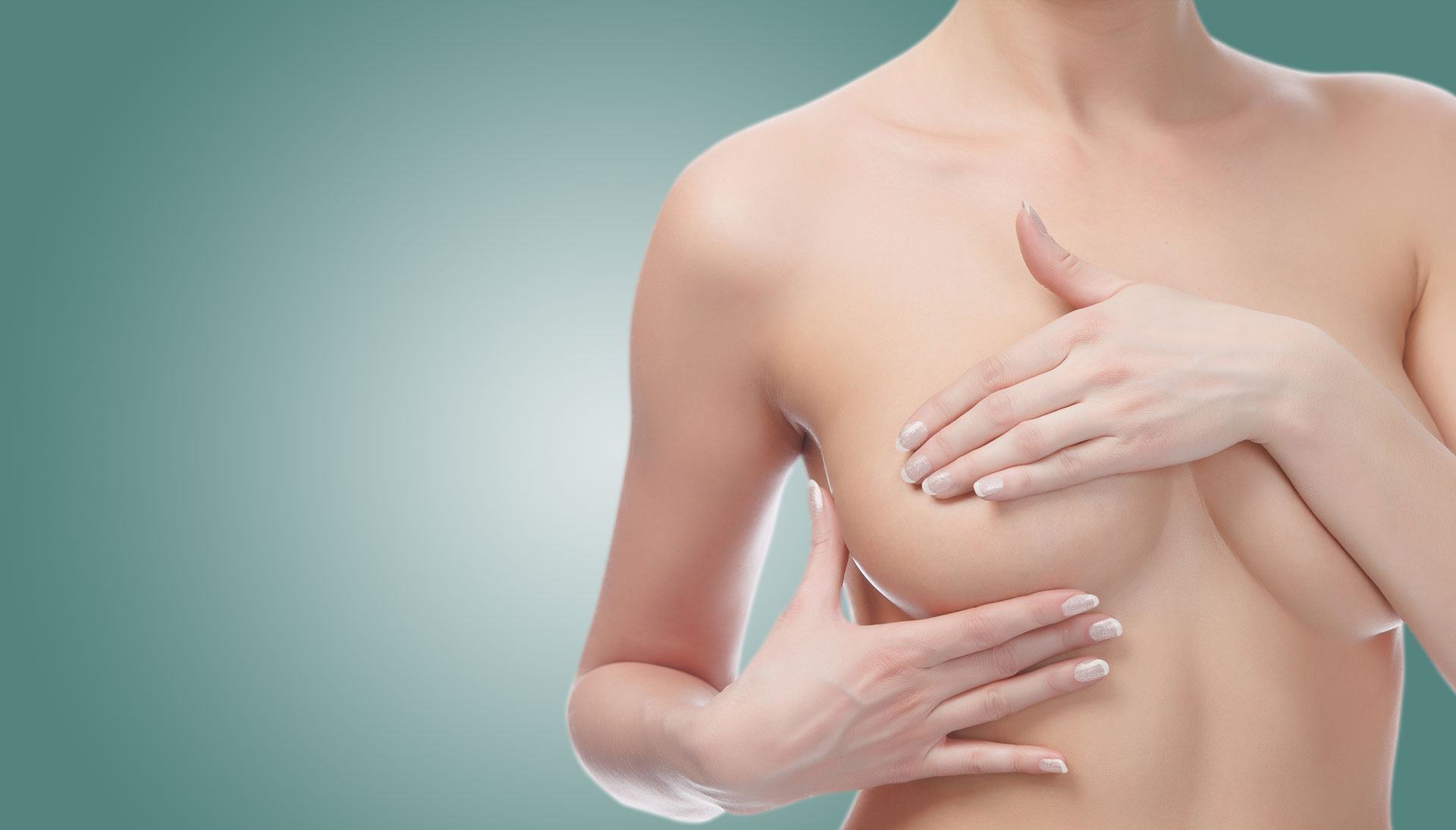BREAST RECONSTRUCTION
Breast Reconstruction surgery is performed to restore a breast that has been removed due to cancer or other diseases. A new breast is formed using tissue from the abdomen and/or back muscles or by using a tissue expander and inserting an implant. The reconstruction creates a breast that can be close in form and appearance to match the natural one. Breast reconstruction is a physically and emotionally rewarding procedure for a woman who has lost a breast. The creation of a new breast can dramatically improve her self-image, self-confidence and quality of her life. Although surgery can give a relatively natural-looking breast, a reconstructed breast will never look or feel exactly the same as the breast that was removed.
If only one breast is affected, it alone may be reconstructed. In addition, a Breast Lift, Breast Reduction or Breast Augmentation may be recommended for the opposite breast to improve symmetry of the size and position of both breasts.
Breast Reconstruction typically involves several procedures performed in multiple stages.
It can:
- Begin at the same time as Mastectomy (immediate reconstruction), or
- Be delayed until you heal from Mastectomy and recover from any additional cancer treatments
Breast Reconstruction is achieved through several plastic surgery techniques that attempt to restore a breast to near normal shape, appearance and size following mastectomy.
RECONSTRUCTION WITH TISSUE EXPANSION
Skin expansion is the most common breast reconstruction performed. It combines skin expansion and the subsequent insertion of a breast implant. Tissue expansion stretches healthy skin to provide coverage for a breast implant. Reconstruction with tissue expansion allows an easier recovery than flap procedures, but it is a more lengthy reconstruction process. It requires many office visits over 4-6 months after placement of the expander to slowly fill the device through an internal valve to expand the skin. A second surgical procedure will be needed to replace the expander with a breast implant, if it is not designed to serve as a permanent implant.
NIPPLE RECONSTRUCTION
A nipple reconstruction is performed on an outpatient basis as the third procedure. Many patients come back to have their areola and nipple tattooed in the clinic after their nipple reconstruction.
BREAST RECONSTRUCTION USING FLAPS
Flap techniques reposition a woman’s own muscle, fat and skin to create or cover the breast mound. Sometimes a mastectomy or radiation therapy will leave insufficient tissue on the chest wall to cover and support a breast implant. The use of a breast implant for reconstruction almost always requires either a flap technique or tissue expansion. A TRAM Flap uses donor muscle, fat and skin from a woman’s abdomen to reconstruct the breast. The flap may either remain attached to the original blood supply and be tunneled up through the chest wall, or be completely detached, and formed into a breast mound. Alternatively, Dr. Skarparis may choose the DIEP or SGAP Flap Techniques which do not use muscle but transport tissue to the chest from the abdomen or buttock. A Latissimus Dorsi Flap uses muscle, fat and skin from the back tunneled to the mastectomy site and remains attached to its donor site, leaving blood supply intact.
BREAST RECONSTRUCTION
Occasionally, the flap can reconstruct a complete breast mound, but often provides the muscle and tissue necessary to cover and support a breast implant. Dr. Andreas Skarparis will explain in detail the risks associated with any surgery. The possible risks of Breast Reconstruction include, but are not limited to, bleeding, infection, poor healing of incisions.
YOU SHOULD ALSO KNOW THAT:
- Flap surgery includes the risk of partial or complete loss of the flap and a loss of sensation at both the donor and reconstruction site.
- The use of implants carries the risk of breast firmness (capsular contracture) and implant rupture. Breast implants do not impair breast health.
- The decision to have breast reconstruction surgery is extremely personal. You’ll have to decide if the benefits will achieve your goals and if the risks and potential complications are acceptable.






